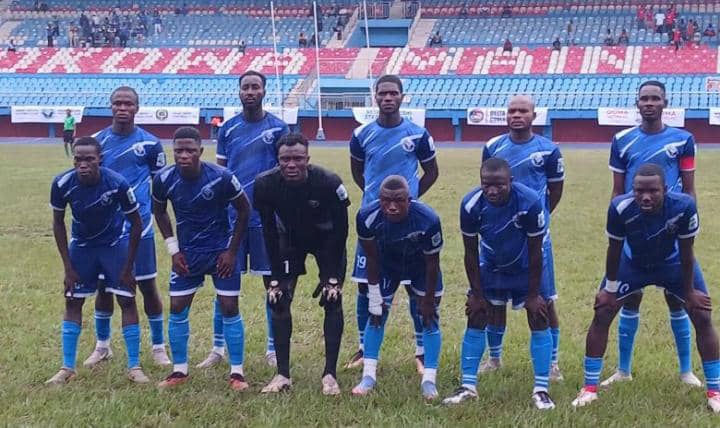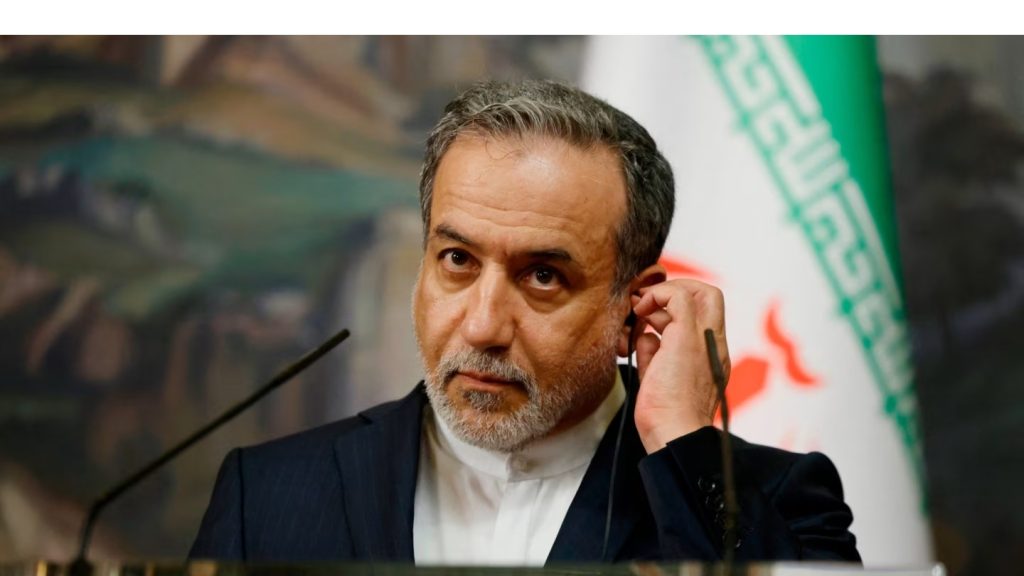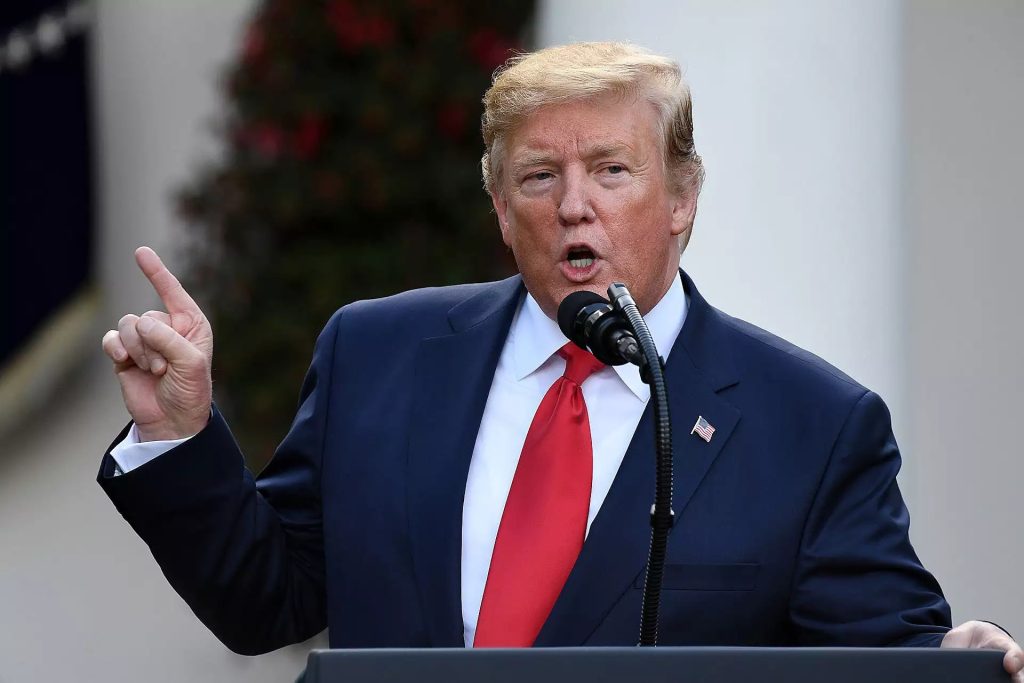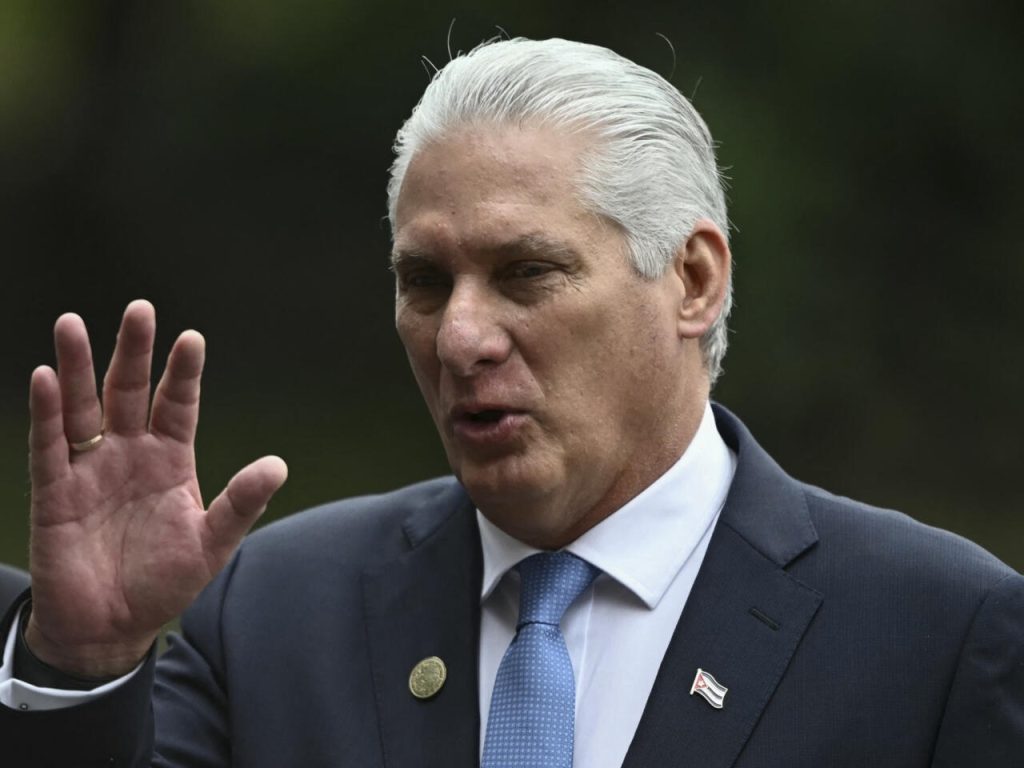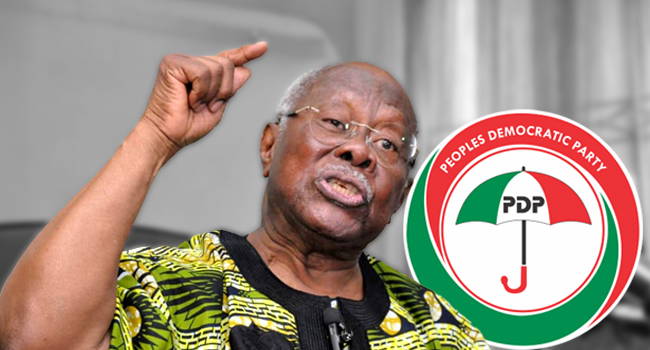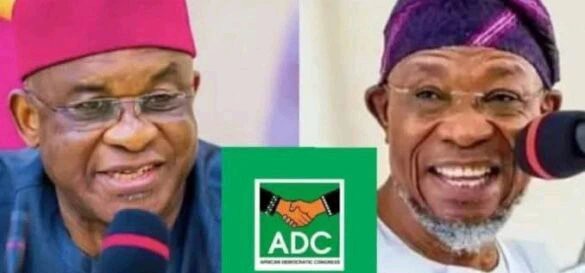Economy
Power hits 5,313MW in Nigeria, three-year high

Nigeria’s power generation hit a three-year high of 5,313 megawatts on September 2, 2024,, according to a statement from the Special Adviser on Strategic Communication and Media Relations, Bolaji Tunji, to Minister of Power Adebayo Adelabu.
Adelabu urged Electricity Distribution Companies (DisCos) to increase their energy uptake to avoid grid collapse.
He warned that failure to do so could lead to a drop in grid frequency and potential grid failure.
“When power is produced and not picked by the DisCos, it could lead to grid collapse as frequency drops.
“Efforts will be made to encourage industries to purchase bulk energy,” he said.
The federal government, in May, committed to generating 6,000 megawatts by year-end.
Adelabu, during his ministerial address in Abuja, noted that power generation reached 5,000 megawatts on May 3 and reaffirmed his goal to achieve 6,000 megawatts by the end of 2024, citing improvements in the power sector this year.
Challenges facing power distribution
The challenges facing Nigeria’s power distribution sector are significant and multifaceted, impacting the ability of DisCos to fully absorb the generated power.
These challenges include:
Financial constraints: DisCos in Nigeria are grappling with severe financial difficulties.
Many of these companies are struggling with cash flow problems due to poor revenue collection, non-cost-reflective tariffs, and high levels of unpaid electricity bills by consumers.
These financial constraints limit their ability to invest in necessary infrastructure upgrades, such as expanding distribution networks, purchasing new transformers, or maintaining existing ones.
Infrastructure deficits:
The infrastructure in Nigeria’s power distribution sector is outdated and inadequate to meet the current demand.
Much of the distribution network is old and in poor condition, leading to frequent breakdowns and high technical losses.
For instance, dilapidated transformers, overloaded distribution lines, and insufficient capacity in substations prevent DisCos from efficiently distributing the power they receive from generation companies (GenCos).
This infrastructure deficit is a key reason why DisCos are unable to absorb the full amount of generated power, causing underutilization of available capacity and risking grid stability.
Grid stability and frequency issues:
When DisCos fail to off-take sufficient power, it leads to a mismatch between power generation and consumption.
This imbalance can cause a drop in grid frequency, increasing the risk of a total grid collapse.
The Minister of Power, Adebayo Adelabu, has emphasized the importance of increasing energy uptake by DisCos to maintain grid stability.
However, without addressing the underlying issues of financial viability and infrastructure adequacy, DisCos may continue to struggle with absorbing generated power, perpetuating the cycle of inefficiency and instability.
Long-term vision for Nigeria’s energy sector
Nigeria’s long-term vision for its power sector is centered around the ambitious goal of generating and distributing 30,000 megawatts (MW) of electricity by 2030.
A substantial portion—30%—will come from renewable energy sources such as solar, wind, and hydroelectric power.
This vision reflects a significant strategic shift aimed at enhancing energy security, promoting sustainability, and driving economic growth.
Expanding generation capacity:
The goal of reaching 30,000 MW by 2030 represents a nearly five-fold increase from the current capacity.
The target includes expanding thermal and hydro plants and significantly increasing investments in renewable energy.
The government aims to attract local and international investments in the energy sector by creating a favorable environment.
This includes improving regulatory frameworks, providing financial incentives, and ensuring better governance in the sector.
Focus on renewable energy:
A key component of this long-term strategy is the focus on renewable energy.
By 2030, the Nigerian government aims for 30% of the total energy mix to come from renewable sources.
This is a significant departure from the current reliance on gas-fired power plants, which dominate the energy landscape.
To achieve this, the government has launched several initiatives, including the Nigeria Electrification Project (NEP).
The NEP seeks to deploy solar home systems and mini-grids to rural areas, thereby reducing dependence on the national grid and promoting clean energy usage.
Infrastructure development and modernization:
Meeting the 2030 target requires substantial upgrades and expansions of the current transmission and distribution infrastructure.
The government is focusing on modernizing the grid to handle the increased load and integrate renewable energy sources effectively.
This includes developing smart grid technologies to boost efficiency, cut losses, and enhance the reliability of the country’s power supply.
Global partnerships and investments:
Achieving the 30,000 MW target by 2030 will require collaboration with international partners.
Nigeria is seeking funding, technology, and expertise from global institutions and foreign governments for its energy transformation.
Partnerships with countries that have successfully integrated large-scale renewables into their grids, such as Germany and China, are particularly crucial.
For Diaspora Digital Media Updates click on Whatsapp, or Telegram. For eyewitness accounts/ reports/ articles, write to: citizenreports@diasporadigitalmedia.com. Follow us on X (Fomerly Twitter) or Facebook



